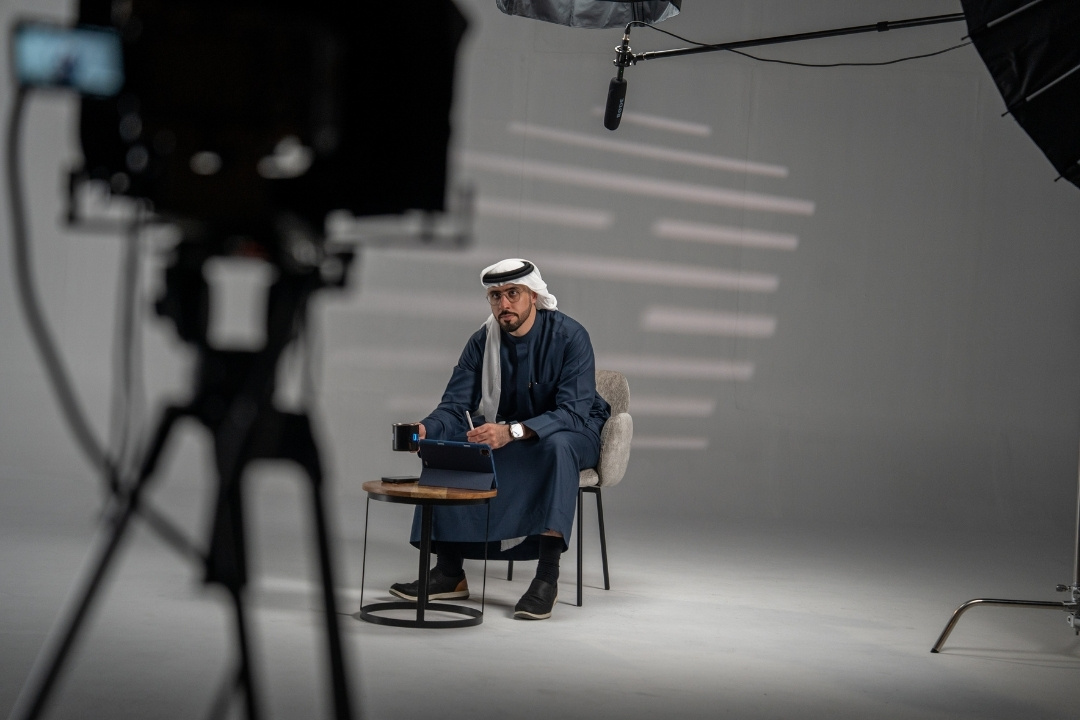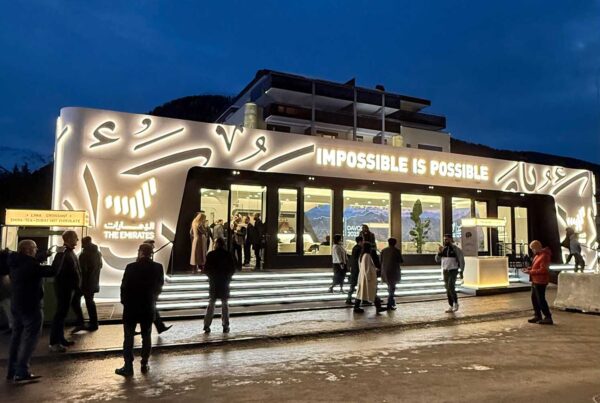A Personal and Analytical Exploration of the Modern Work System and Future-Focused Alternatives
A while back, I posted a simple question on my Instagram account:
“Who decided we should work 8 hours a day?”
At first, I meant it as a casual conversation starter. But to my surprise, the response was overwhelming. Within hours, I received hundreds of messages—stories, frustrations, opinions. And all of them pointed to one thing:
The traditional work system no longer feels suitable for many people today.
One person wrote, “I work 8 hours a day, but I spend another 2.5 hours commuting. That’s over 11 hours away from home.”
A mother told me, “I feel like I missed my kids growing up. I’ve got so few memories with them because of work.”
Another shared, “I’ve developed my skills in AI and I can finish my tasks in 3 hours—but I’m stuck at the office doing nothing just to complete my ‘working hours.’ I want to become an entrepreneur, but I feel trapped.”
That’s when I realized… this is bigger than a social media post.
It’s time to take a deeper look at how we got here—and ask the real question:
Is the 8-8-8 model still relevant in today’s world?
The Origins: A 100-Year-Old Idea
The “8 hours for work, 8 for rest, and 8 for sleep” system didn’t come from nowhere. It was proposed over 200 years ago by British industrialist and social reformer Robert Owen.
At the time, factory workers were laboring 12–16 hours a day in harsh, unsafe conditions. Owen’s vision of a balanced day was seen as revolutionary—a humane solution in an inhumane era.
The idea gained traction. In 1914, Ford Motor Company adopted the 8-hour workday and doubled workers’ wages. The result? Increased productivity and loyalty.
What began as a progressive reform gradually turned into an unquestioned global standard.
But while the world evolved—our work system stayed the same.
Between Industrial and Digital Revolutions: Everything Changed, Except the System
To understand why many of us feel suffocated by work today, we need to zoom out and consider the broader timeline of labor evolution.
Since the 18th century, we’ve witnessed four major industrial revolutions:
- First Revolution: Machines began replacing manual labor.
- Second: Mass production, factories, and industrial cities emerged.
- Third: Computers and the internet introduced a shift from manufacturing to knowledge-based work.
- Fourth (present day): Artificial intelligence, smart systems, automation, and decentralized networks are reshaping how we live and work.
But more than a technological revolution, we’re living through a human revolution.
People now demand purpose, flexibility, and time.
The rigid system that made sense in 19th-century factories no longer serves the person working from their laptop in a coffee shop—or from their living room.
Why the 8-Hour System No Longer Works
When you examine the conversations around this topic, it’s not just the number of hours that’s the issue—it’s the philosophy behind them.
How is it fair to apply the same 8-hour rule to:
- a construction worker under the sun,
- a data analyst behind a screen, and
- a creative who operates in mental bursts?
We now have tools that let us accomplish in hours what once took days.
So why are we still measuring presence instead of impact?
Beyond efficiency, the human motivation has shifted. People no longer work just to survive—they want to thrive, build, and experience life.
Today, quality of life is not measured by how many hours you’ve worked, but by how much control you have over your time.
Rethinking Work: Global Models That Inspire
Some countries and companies have already started experimenting with new systems focused on flexibility, productivity, and human well-being.
Among the most promising:
- ROWE (Results-Only Work Environment):
Employees are judged by results, not hours. Whether you take 3 or 8 hours doesn’t matter—as long as the job is done well and on time. - WILL (Work Incentive Linked to Labor):
Popular in Japan, this system rewards employees with internal points or bonuses for each task completed. Performance drives compensation—not time. - Chronoworking:
This model allows employees to work based on their natural productivity rhythm. Whether you perform best at 7 AM or 3 PM, the system adapts to you.
These systems have been tested in places like Iceland, Japan, and the U.S., delivering impressive results in productivity, mental health, and creativity.
So, What’s the Solution? A New Flexible Model
After analyzing global experiments and listening to voices from my community, I’ve come up with a flexible prototype I believe can be piloted in our region.
I call it:
“The Future Employee System”
This model is built on three pillars:
- Outcome-focused evaluation: Results matter more than hours.
- Respecting individual rhythms: Employees define their peak performance times.
- Flexible task distribution: Teams work in adaptable formats without compromising quality or collaboration.
This can be tested within any organization for a 3-month trial, using KPIs like:
- Productivity
- Job satisfaction
- Work-life balance
- Output quality
If it works, it can be scaled and customized across industries.
Final Thoughts: Redesigning Time Itself
We may not have the luxury of reinventing time…
But we absolutely have the power to reimagine how we use it.
We don’t need to burn it all down and start from scratch. We just need to ask:
Is the system still serving us—or are we just serving the system?
This article is an invitation to start that conversation. And maybe—just maybe—it will lead to broader change driven by a new generation of decision-makers, entrepreneurs, creators, and professionals who believe, like I do, that time is our most valuable asset.





